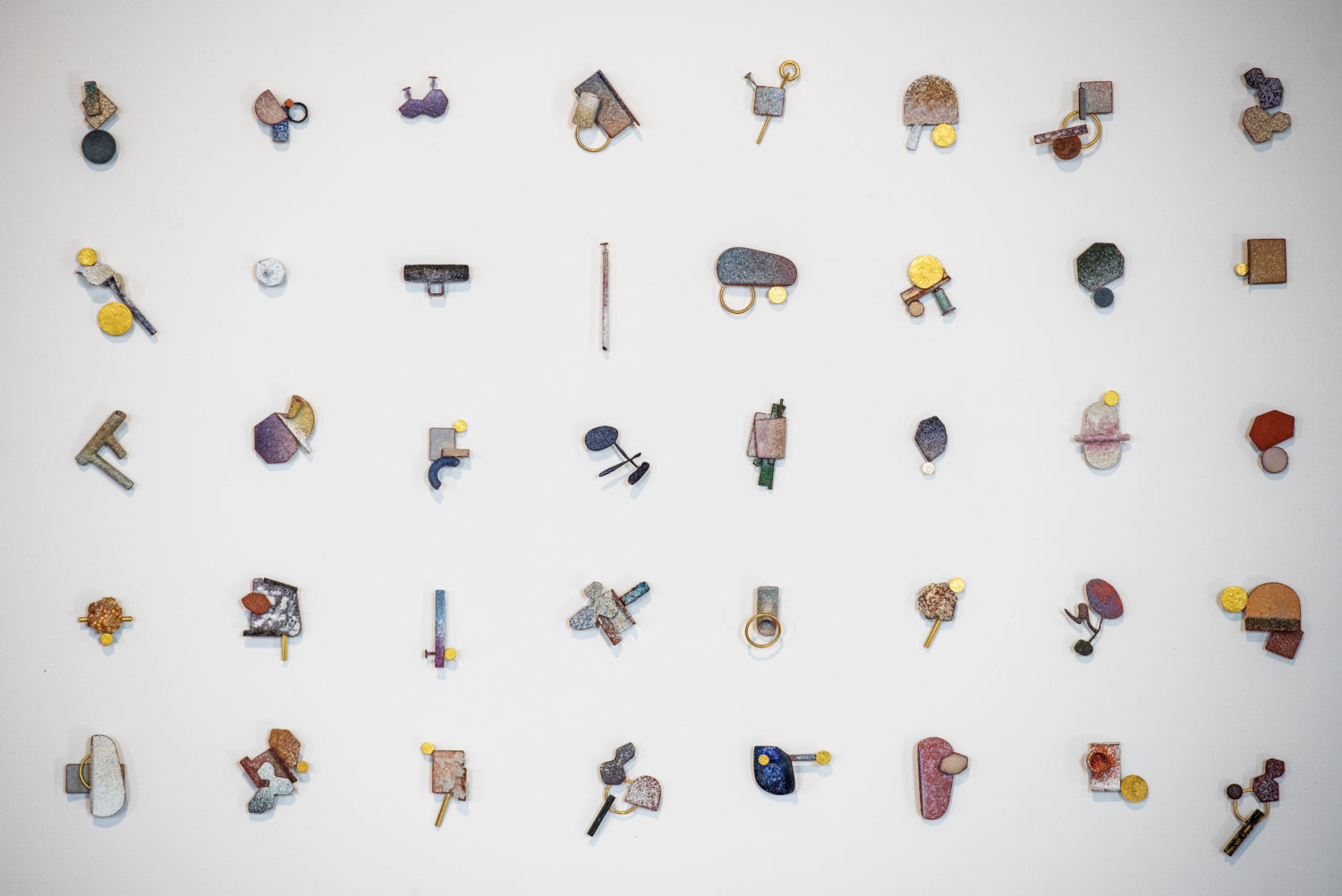The theme of the 2021 Biennale, TAKEAWAY, invites makers and designers to reflect on what we should take away from the Covid crisis that framed the time leading up to the exhibition and what we should leave behind, as we stand on the threshold of whatever awaits us post-Covid-19.
My love of Danish crafts and design is much too deep for me to use this article to pay ritual tribute to the achievements of mind and hand and to applaud the beautiful Biennale exhibitions for their high attendance numbers and significant pieces.
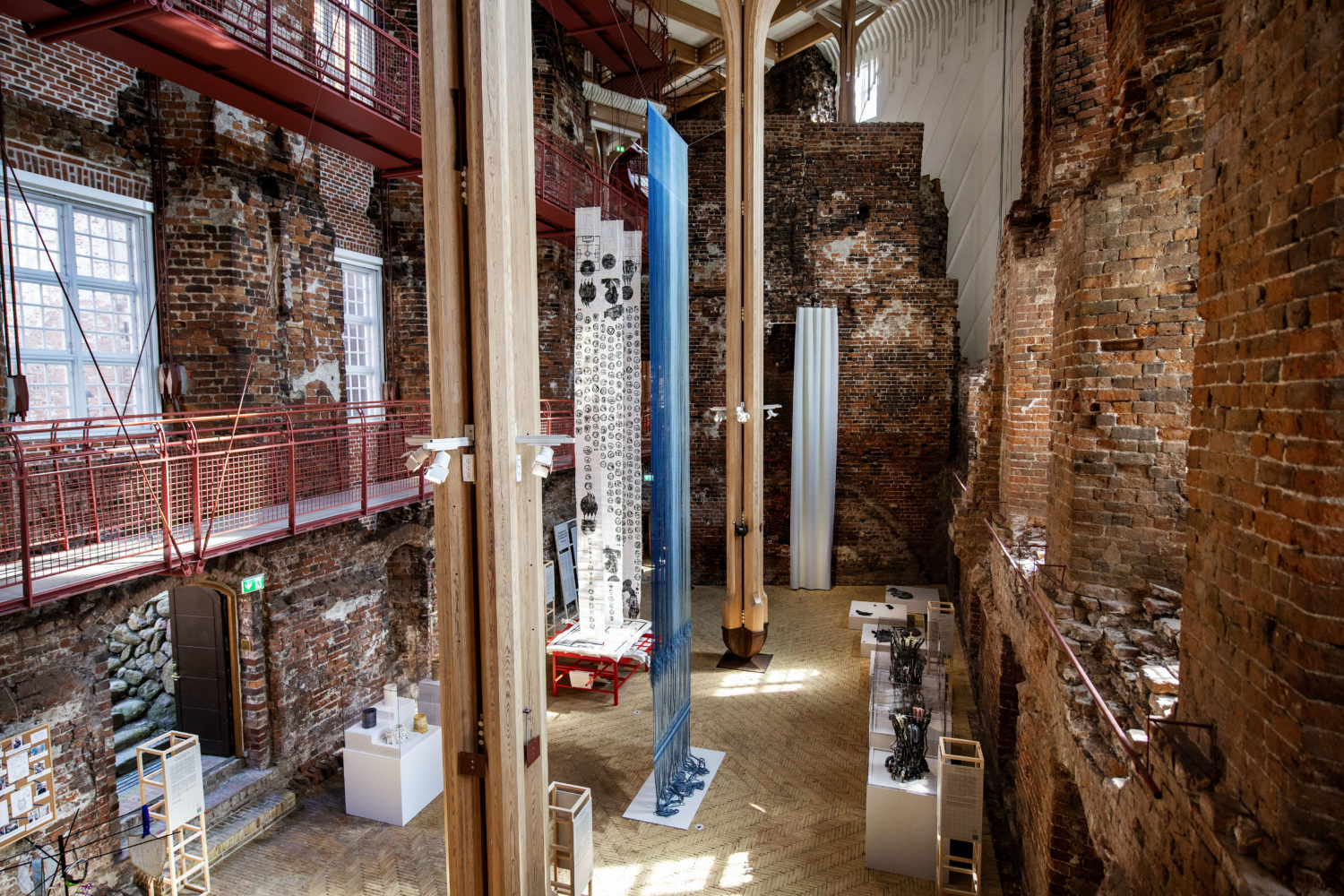
The Covid crisis has provided rare insight into the structures that sustain not only many Danes’ everyday life but also certain industries, including the various practitioners and institutions of the art scene. Along with the existential skin hunger and screen fatigue that also accompanied the months of Covid-induced isolation, with new virtually mediated ways of working and social encounters, this extraordinary situation has also provided an occasion to address both the basic human quality in giving a material an artistic expression through craft-based methods and the structural conditions that make it possible or impossible to maintain institutions and elite performers in a field such as craft and design. As the structural framework is rarely the subject of general attention and is currently critically challenged, my focus here is on ‘infrastructure’ as the crucial quality of the Biennale for Craft & Design exhibitions from 1995 to now.
In this light, I humbly offer my views on how the Biennale should answer its own challenge of reflecting on what we should take away from the Covid experience. To summarize, Danish crafts and design need a strong(er) infrastructure, and the Biennale has become a core part of this, capable of inspiring the entire field.
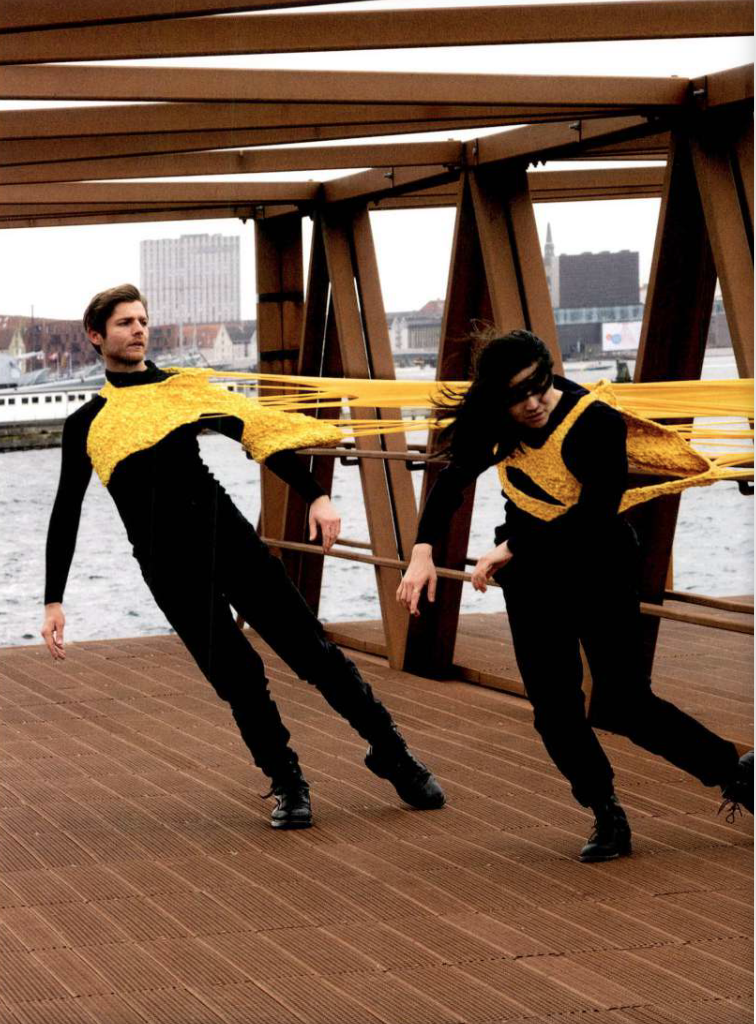
Biennalens ’takeaway’
The takeaway from the Biennale
The Biennale for Craft & Design has at least four strong pillars as part of its infrastructure: continuity, diversity, initiative and the collaborative approach.
The first Biennale show was presented in 1995 at the Museum of Art & Design (now Designmuseum Danmark), and in her foreword to the catalogue, then Museum Director Bodil Busk Laursen writes about the relationship of craft and design with the museums, which were partners during the first many biennales: ‘In this endeavour, exploring the museum collections of the finest craft and design achievements from the past is essential for the performers. Museums offer a place to study developments over time. They exhibit the exemplary but also the difficult balancing act between durable values and passing fads, between repetition and the leap.’
In a sense, the Biennale has replaced the role of museums as a context for studying continuity, while some of the Danish museums are under literal as well as metaphoric renovation, hopefully to return with a renewed ability to inform current practices with a historical perspective.
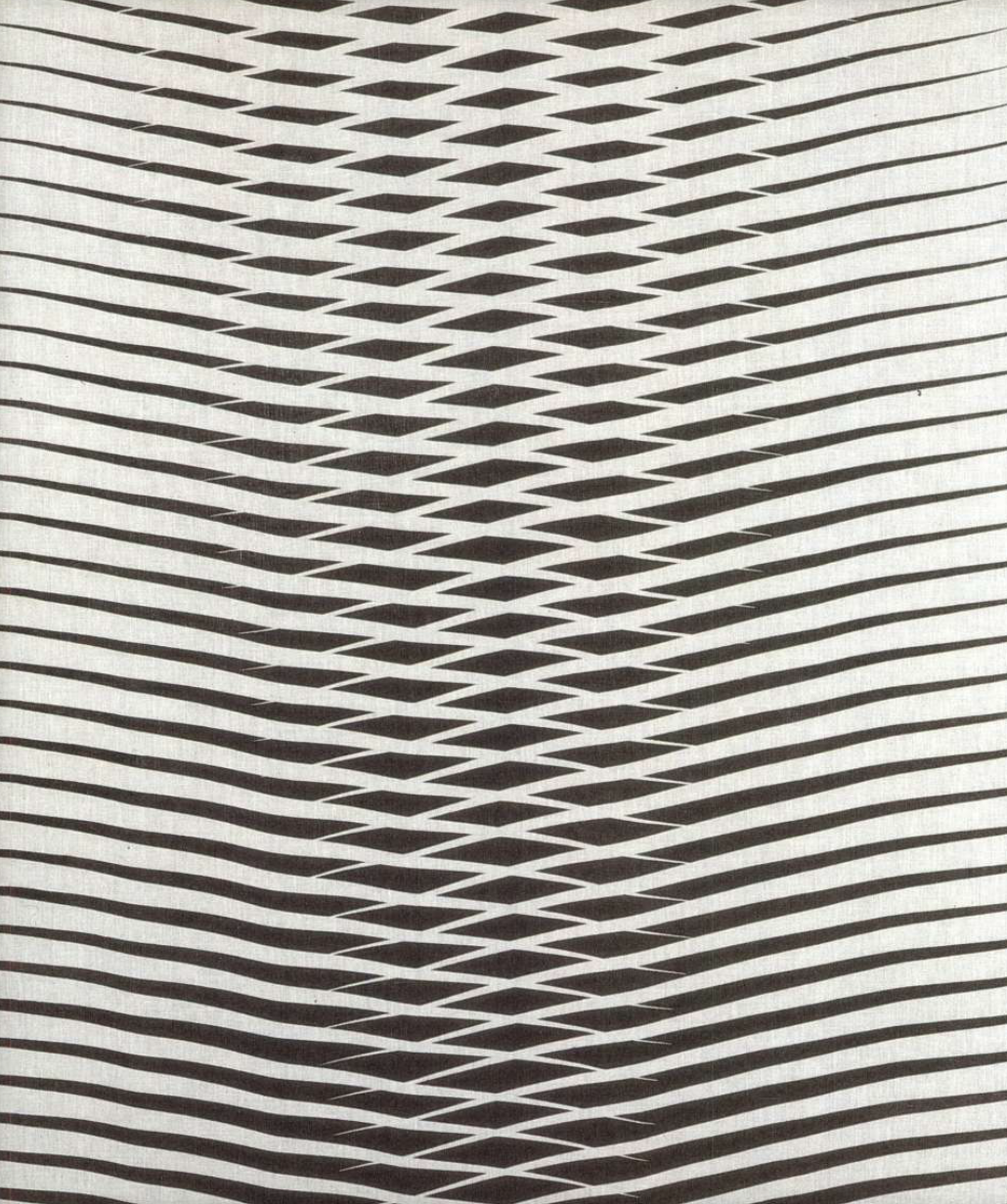
In 2002, it was decided to stage the following three Biennales in the same partnership, consisting of the Danish Crafts & Design Association and the three museum partners: the Danish Museum of Art & Design, Nordjyllands Kunstmuseum (North Jutland Museum of Art) (now KUNSTEN Museum of Modern Art Aalborg) and Trapholt. In her preface to the 2002 catalogue, Bodil Busk Laursen addresses the partnership, arguing that the three previous Biennales have proven their justification by acting as a landmark to help us understand developments in Danish crafts and design : ‘With their interdisciplinary presentation of different directions and materials, they offer the world a chance of a broader assessment of the current expression, a complexity that can otherwise be difficult to capture in the current exhibition scene, which is often focused on materials or individual performances.’
Thus, even 20 years ago, continuity was a key quality of the Biennale exhibitions that can be difficult to capture in the solo, themed or permanent exhibitions of museums, galleries or other exhibition venues. Moreover, the diverse representation of expressions and disciplines, especially across the main categories of design and craft, was a quality that, even if it might be difficult to convey or capture, offered an opportunity to present a nuanced picture and embrace performers who espoused either one or the other or both categories.

This disciplinary focus on conceptual distinctions, which sometimes underscores, sometimes blurs the lines between disciplines and categories can be reasonably maintained as long as the initiative behind the Biennale rests with the Danish Crafts & Design Association. The Biennale is also a significant exhibition series among other types of curated presentations because the Danish Crafts & Design Association maintains the stringent disciplinary ownership that no other framework could sustain.
Throughout the existence of the Biennale, the Association’s ownership has been supplemented by a strategically wise collaborative approach with a wide range of partners, steering committees, juries, inspiration groups, exhibition teams, curators, award committees and reference groups as well as catalogue editors and writers. As sprawling and unwieldy as it may seem to outsiders, this approach of collaborating with and involving a large number of outside professionals has secured the professional authority of the Biennale exhibitions and created its large network of ambassadors and other associates.
Scrap it
The Biennale exhibitions are relevant and successful as exhibitions precisely because they are more than that. Even if an individual presentation were to be judged, in isolation, as a less successful exhibition it would, nonetheless, be invaluable as part of a continuous manifestation of Danish craft and design. The Biennale derives its significance in part from its biennial character as a recurring representation of and reflections on the practices of a diverse, living field, accompanied by a catalogue that captures the field’s current challenges and contributions to society and itself.
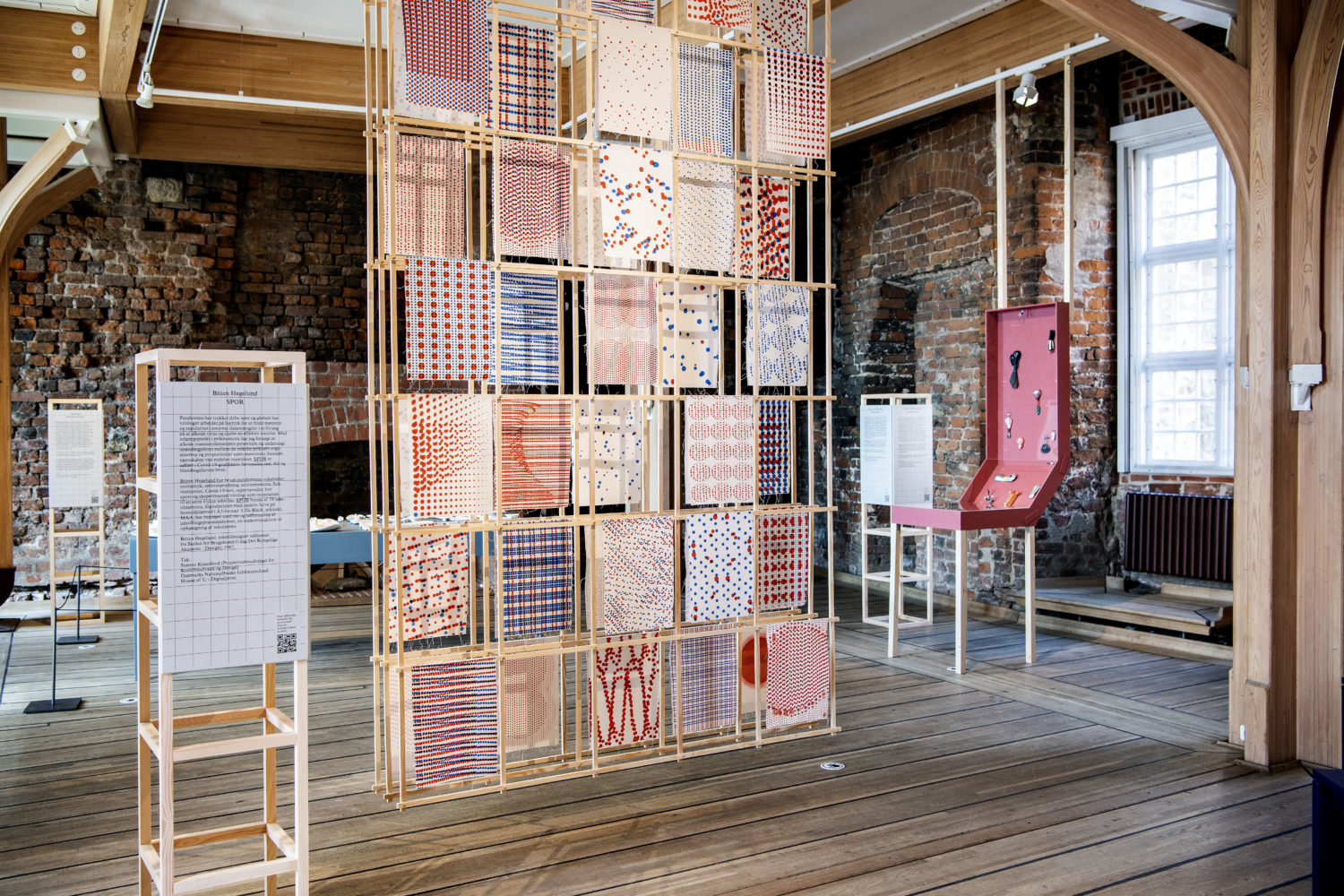
If the Biennale were to scrap anything in a post-Covid clean-up, I think it is time to abandon the demand for exclusivity that has worked its way into the premises for the jury’s work. Internationalization and digitization challenge the criterion of novelty that requires all applicants for the Biennale to submit works that have never been shown publicly on a significant scale. Should a Danish audience be deprived of seeing pieces that have been shown abroad on a significant scale or, for that matter, included in other exhibitions in Denmark? Should the successful promotion of process and outcome on social media disqualify a piece from being included in a physical presentation?
The Biennale ought to dismantle any barriers that might prevent younger makers and designers from applying, and this requirement might be one such barrier. The justification of the Biennale should instead be its ability to offer a qualified disciplinary review and presentation of the best of the newest – instead of being limited to showing the best of the newest of the never-before-seen.
The arbitrary emphasis on novelty value should not prevent the Biennale from remaining an important element in the infrastructure of Danish craft and design as a communicating, history-making and career-promoting event.

